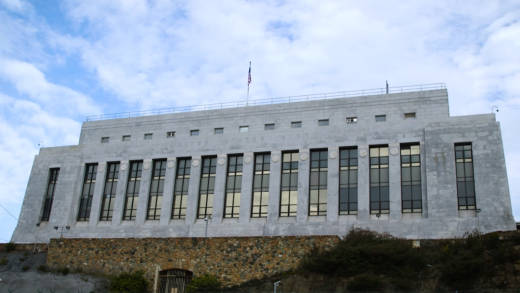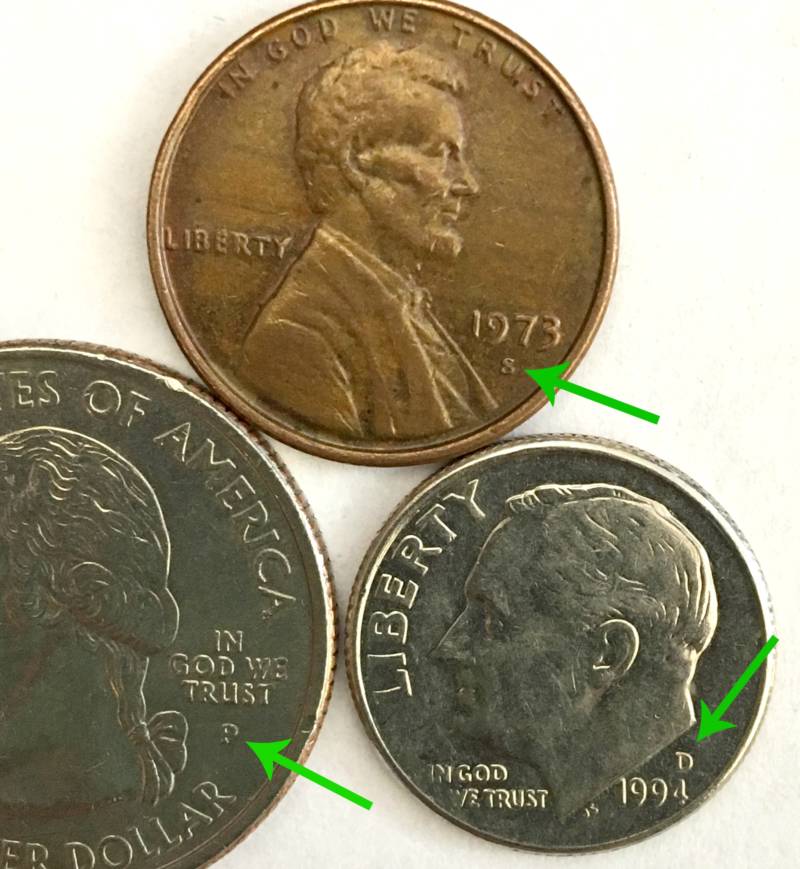The Transamerica Pyramid, the Ferry Building, the Palace of Fine Arts — these buildings are iconic San Francisco architecture. But there’s one imposing building you might have passed without taking much time to admire.
It’s a big, gray building sitting up on a hill behind the Safeway at Church and Market Streets. The building is surrounded by high fences, topped with barbed wire and cameras. Bay Curious listener Spencer Barton sees it on his way to work. “It has very small windows,” he says. “It definitely looks government.”
Spencer wants to know: What is that big gray building?
That Makes Cents
It’s a U.S. Mint.
There are six U.S. Mint facilities in the U.S., and each branch has its own role. The Washington, D.C. Mint is the Mint headquarters, the West Point Mint makes gold bullion coins, and the Fort Knox Mint has vast, heavily guarded gold reserves. The Denver and Philadelphia Mints make the circulation coins you’d find in your pocket. San Francisco used to make circulation coins, but not anymore.
Manufacturing Perfection
These days, the San Francisco Mint manufactures and packages commemorative coins and medals, as well as collector-quality clad and silver proof coins. Proof coins are the highest-quality coins made. They have a mirror finish and frosted details.
There are four main steps to creating this kind of coin:
Coining
Pre-cut metal discs, called blanks, arrive at the facility and go through inspection. The blanks that pass inspection are heated to 1500 °F to soften the metal, and are then washed and polished to give them a mirror finish.
Die Preparation
The stamps (called dies) used to press images onto the coins arrive unfinished from the Denver facility. The final product must have a mirror finish background, so the artwork is carefully protected before the dies are put into a polishing machine. Frosted details are laser-etched onto the image, and then the die is put into a machine that bonds a thin layer of chrome to strengthen the die.
The Pressroom
This is where the coins are actually stamped. The machines can be adjusted to apply the appropriate pressure to mint every coin denomination. A penny needs 54 metric tons of pressure, whereas larger coins can require up to 110 metric tons of pressure. Each coin is stamped one at a time.
Packaging
A series of 13 robotic arms and eyes inspect and package the coins. Human hands will not mar the gloss of these perfect coins.
Coin collectors, also known as numismatists, can purchase the coins on the U.S. Mint website.








